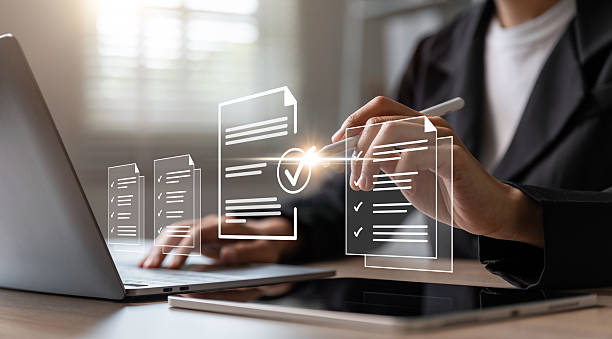What is On-Page SEO and Why Does It Matter?

#On-Page SEO refers to the set of actions you take within your website to improve its ranking in search engines.
On-Page SEO includes optimizing content, HTML tags, URL structure, and site speed.
On-Page SEO is important because search engines like Google pay attention to these factors to understand the topic and content of web pages.
A website with strong On-Page SEO has a better chance of appearing in top search results and attracting organic traffic.
On-Page SEO helps Google understand what your page is about and how it can answer users’ questions.
This directly affects your ranking.
In fact, On-Page SEO is the cornerstone of a successful SEO strategy, and without it, other efforts in the field of Off-Page SEO cannot be effective enough.
Optimizing On-Page SEO helps users find the website.
Did you know that a weak corporate website loses many opportunities every day? Solve this problem forever with professional corporate website design by Rasaweb!
✅ Create a powerful and reliable image of your brand
✅ Attract targeted new customers and increase sales
⚡ [Get Free Website Design Consultation]
Keyword Research, the First Step in On-Page SEO
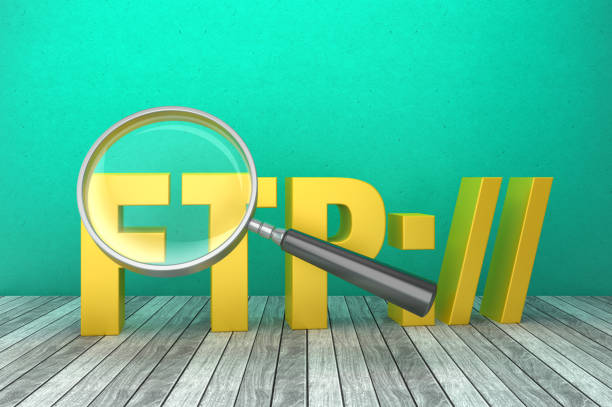
Keyword research is the process of identifying the words and phrases that users use to search in search engines.
These keywords should be used in your website content so that search engines understand what needs your page is trying to address.
There are various tools available for keyword research, including Google Keyword Planner, Ahrefs, and Semrush.
After identifying keywords, you should strategically use them in titles, meta descriptions, body text, and image tags.
Proper use of keywords helps search engines better understand your content and display it to relevant users.
Keywords are very important in performing On-Page SEO.
Remember that overusing keywords (keyword stuffing) can backfire and be penalized by search engines.
The main goal is to provide valuable and relevant content to users that naturally includes the desired keywords.
Optimizing Titles and Meta Descriptions
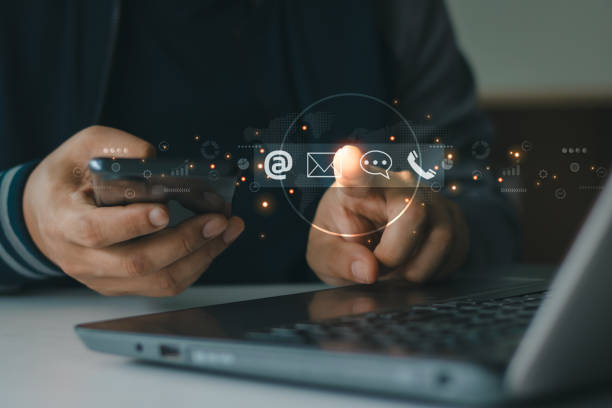
Title Tags and Meta Descriptions are two important elements in HTML that are displayed in search results.
The title is the title of the web page that is displayed at the top of the browser and in search results.
The meta description is a summary of the page’s content that is displayed below the title in search results.
Optimizing titles and meta descriptions means writing them in a way that is attractive, relevant, and includes the desired keywords.
A good title should be short (less than 60 characters), descriptive, and attractive.
A good meta description should be a summary of the page content, include keywords, and a Call to Action.
Optimizing titles and meta descriptions is one of the most important principles of On-Page SEO.
The main goal of optimizing these elements is to encourage users to click on your link in search results.
On-Page SEO requires special attention to these items.
| Feature | Description |
|---|---|
| Title Length | Less than 60 characters |
| Includes Keyword | Yes |
| Attractiveness | High |
| Feature | Description |
|---|---|
| Meta Description Length | Less than 160 characters |
| Includes Keyword | Yes |
| Call to Action | Yes |
Optimizing Page Content

The page content is the heart of your website and should be attractive to both users and search engines.
A good content should be valuable, relevant, readable, and optimized for the desired keywords.
To optimize page content, consider the following:
- Using Keywords in Text: Use keywords naturally and in appropriate places in your text.
- Creating Long and Comprehensive Content: Longer content has more opportunity to cover the topic completely and use keywords.
- Using Titles and Subtitles: Titles and subtitles help organize content and improve readability.
- Using Images and Videos: Images and videos make content more engaging and understandable.
- Optimizing Images: Optimize images with appropriate file names and alt tags.
On-Page SEO is content-driven, and the better content you provide, the better results you will get.
On-Page SEO tells you how to produce content.
Did you know that your company’s website is the first point of contact for 75% of potential customers?
Your website is the face of your brand. With Rasaweb’s corporate website design services, create an online presence that earns customer trust.
✅ Create a professional and lasting image of your brand
✅ Attract target customers and increase online credibility
⚡ Get a free consultation from Rasaweb experts!
Optimizing URL Structure
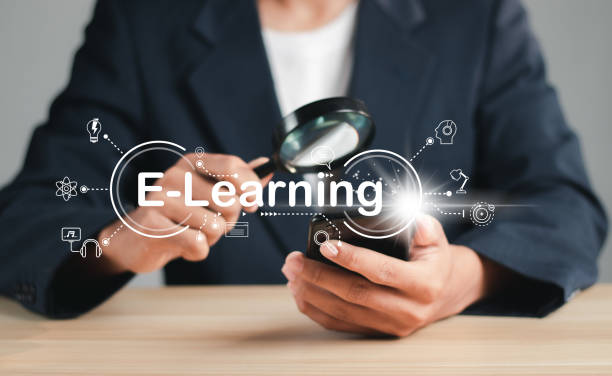
The URL structure is the address of your web pages and should be understandable to both users and search engines.
A good URL should be short, descriptive, and include the desired keywords.
For example, a good URL for a page about “On-Page SEO Guide” could be: example.com/on-page-seo-guide.
Avoid using unnecessary characters, numbers, and uppercase letters in your URL.
On-Page SEO helps you create better URLs.
URL structure is an important factor in On-Page SEO that is often overlooked.
On-Page SEO allows you to achieve a better ranking on Google by focusing on URLs.
Improving Site Loading Speed
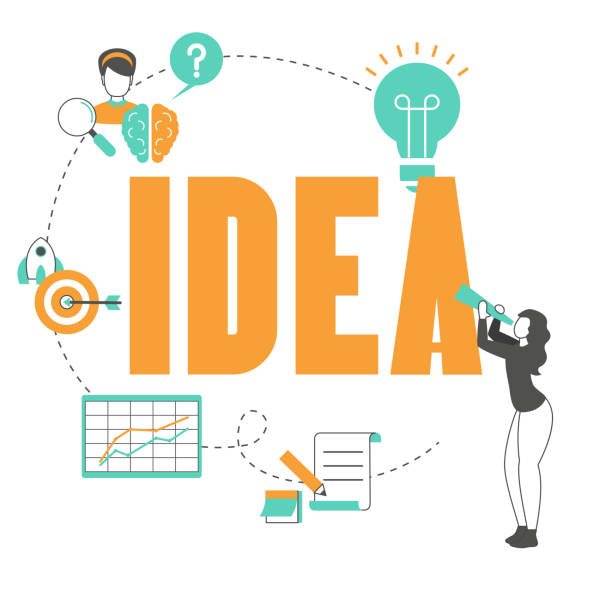
Site loading speed is an important factor in user experience and search engine ranking.
Users expect web pages to load quickly, and if a site is slow, users are likely to leave it.
Google also considers site loading speed as a ranking factor.
To improve site loading speed, you can take the following actions:
- Optimize Images: Use images with low volume and appropriate format.
- Enable Gzip Compression: Gzip compression reduces the size of files sent from the server.
- Using CDN: CDN (Content Delivery Network) stores your site’s content on different servers around the world and selects the closest server to users to load the content.
- Reduce HTTP Requests: The fewer HTTP requests, the faster the site loads.
- Using Browser Cache: Browser cache stores static site files in users’ browsers, and the site loads faster on subsequent visits.
On-Page SEO helps improve site speed.
Optimizing for Mobile

Today, most users access the Internet via mobile, and Google also considers mobile optimization as a ranking factor.
A mobile-optimized website should be Responsive, meaning it automatically adapts to the screen size of different devices.
In addition to being responsive, a mobile-optimized website should have a high loading speed, readable fonts, and buttons and links that are large enough for users to easily interact with them.
On-Page SEO helps you have a more optimized site for mobile.
On-Page SEO prioritizes mobile-friendliness.
| Feature | Description |
|---|---|
| Responsive Design | Compatibility with different screen sizes |
| High Loading Speed | Under 3 seconds |
| Readable Font | Suitable for mobile devices |
| Feature | Description |
|---|---|
| Large Buttons | Easy to touch |
| Large Links | Easy to touch |
| Appropriate Distance between Elements | Prevent accidental touching |
Using Internal Links

Internal links are links that connect different pages of your website to each other.
Using internal links helps search engines better understand your site structure and identify more important pages.
Also, internal links help users easily navigate your site and find the information they need.
When using internal links, pay attention to the following:
- Link to Related Pages: Link to pages that are related to the content of the current page.
- Using Appropriate Anchor Text: Anchor text is the text that the link is placed on.
Use descriptive anchor text that is relevant to the destination page. - Do Not Overuse Internal Links: Overuse of internal links may seem spammy.
On-Page SEO requires the correct use of internal links.
Does your current corporate website present a worthy image of your brand and attract new customers?
If not, turn this challenge into an opportunity with Rasaweb’s professional corporate website design services.
✅ Significantly improves your brand’s credibility and image.
✅ Paves the way for you to attract leads and new customers.
⚡ Contact Rasaweb now for a free and expert consultation!
Optimizing HTML Tags
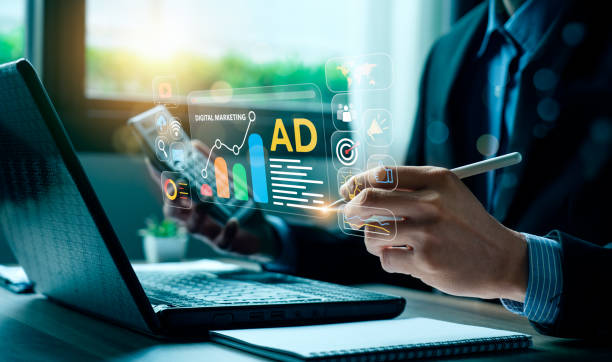
HTML tags are important elements in the structure of a web page and help search engines better understand the page content.
Some important HTML tags for On-Page SEO include:
- Title Tag: Page Title
- Meta Description Tag: Meta Description
- Heading Tags (h1-h6): Titles and Subtitles
- Alt Tag for Images: Descriptions for Images
- Canonical Tag: To prevent duplicate content
Optimizing these tags helps search engines better understand the topic and content of your page and display it to relevant users.
On-Page SEO means optimizing HTML tags.
On-Page SEO teaches you how to use HTML tags.
Monitoring and Analyzing Results
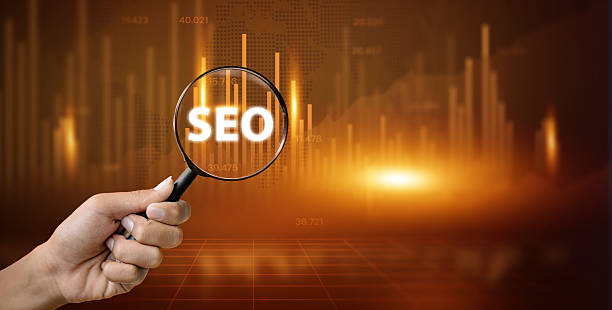
After taking On-Page SEO measures, you should regularly monitor and analyze the results.
This helps you understand which actions were effective and which actions need improvement.
There are various tools available for monitoring and analyzing SEO results, including Google Analytics and Google Search Console.
Using these tools, you can review site traffic, keyword ranking, conversion rate, and other Key Performance Indicators (KPIs).
On-Page SEO improves with continuous monitoring and analysis.
Based on the analysis results, you can optimize your On-Page SEO strategy and get better results.
On-Page SEO is an ongoing process.
Frequently Asked Questions
| Question | Answer |
|---|---|
| What is On-Page SEO? | It refers to the set of actions that are performed within a website to improve its ranking in search engines. |
| Why is On-Page SEO important? | Because it helps search engines better understand your site’s content and structure and improves user experience. |
| What are the most important elements of On-Page SEO? | Title and meta descriptions, keywords, URL structure, quality content, image optimization, internal linking, and site speed. |
| How do we optimize Title Tag and Meta Description? | The title should include the main keyword and be attractive, and the meta description should be a persuasive summary of the content with related keywords. |
| What is the role of keywords in On-Page SEO? | Keywords help search engines understand what the page content is about and should be used naturally and intelligently in the text. |
| How is image optimization done for On-Page SEO? | By compressing the volume, using a descriptive file name, and filling the Alt tag with related descriptions and keywords. |
| What is Internal Linking and what is its application? | It is connecting different pages of the site to each other. This helps to distribute the credibility of pages (Page Authority) and improve the crawling of search engines. |
| What is the importance of site loading speed in On-Page SEO? | High speed improves user experience and is one of the important ranking factors for search engines such as Google. |
| What effect does a site’s Mobile-Friendliness have on On-Page SEO? | Due to the increase in mobile users, responsiveness is essential to provide a suitable user experience on all devices and to prioritize Google’s mobile index. |
| What are the important factors related to content in On-Page SEO? | Originality, quality, comprehensiveness, readability, proper use of headings (H1, H2,…) and regular content updates. |
And other services of Rasa Web Advertising Agency in the field of advertising
Smart Direct Marketing: Transform digital branding with the help of attractive user interface design.
Smart Digital Branding: A new service to increase customer acquisition through custom programming.
Smart Linking: Designed for businesses looking to increase sales through precise audience targeting.
Smart Reportage: An effective tool to increase click-through rate with the help of intelligent data analysis.
Smart Direct Marketing: A combination of creativity and technology for online growth by designing an attractive user interface.
And more than hundreds of other services in the field of Internet advertising, advertising consulting and organizational solutions
Internet Advertising | Advertising Strategy | Advertisement Reportage
Resources
Comprehensive guide to On-Page SEO: Key tips and strategies
,On-Page SEO Training + On-Page SEO Checklist
,What is On-Page SEO? What are the applications of On-Page SEO?
,What is On-Page SEO? On-Page SEO Optimization Techniques
?Have a powerful presence in the digital world with Rasaweb Afarin! From professional corporate website design to SEO optimization and social media management, we are your comprehensive digital marketing solution.
📍 Tehran, Mirdamad Street, next to Central Bank, South Kazerun Alley, Ramin Alley No. 6



